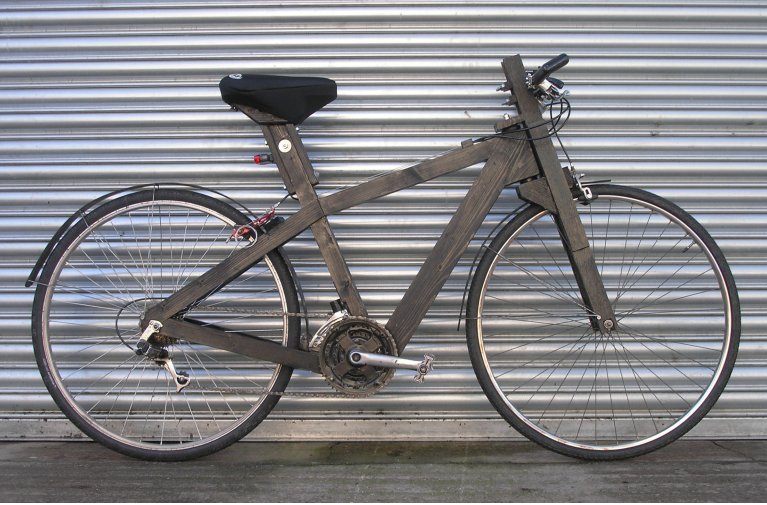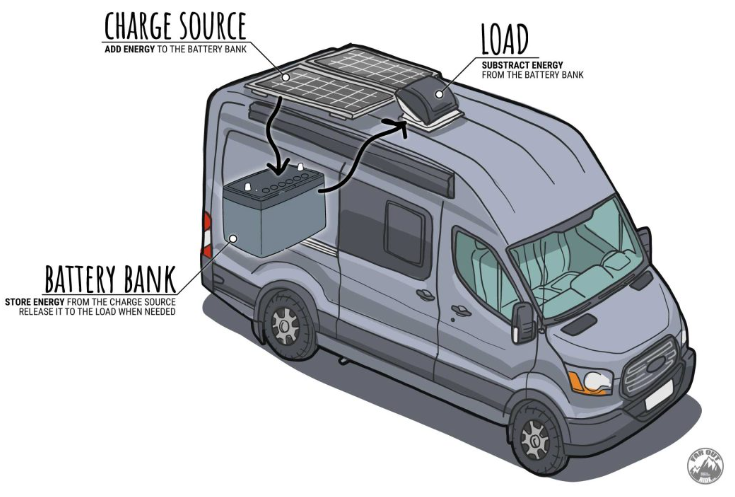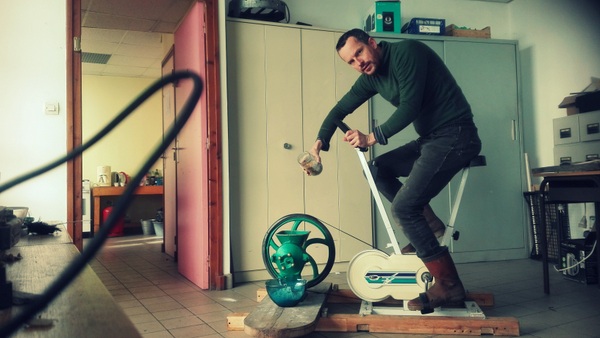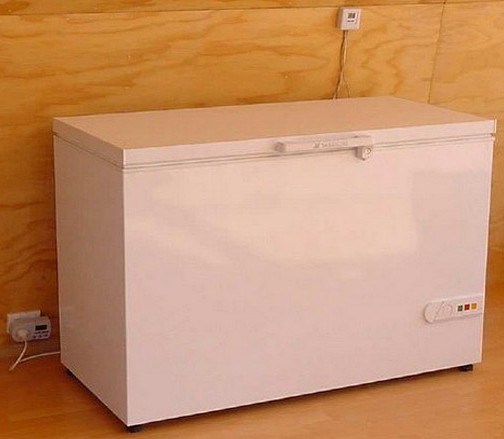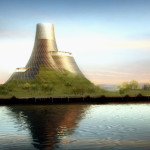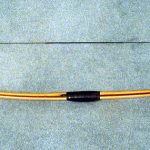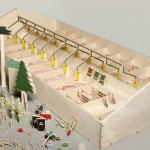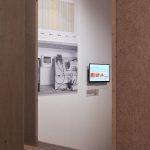Over the last twenty years, smartphones gradually replaced many earlier digital tools such as PDAs, cameras and music players. Today these objects are regarded as obsolete: they may hold some esthetic or nostalgic appeal but they do not fit in a modern, zerofriction, cloud-first workflow. Yet these devices still have desirable qualities that smartphones lack: a singular focus on a specific use case; hardware buttons and physical connectors; multi-day battery life.
Even their lack of connectivity can be seen as an asset from a resilience, privacy and security standpoint. Actually using decades-old tech today is challenging, in spite of its apparent simplicity. The friction of physical media-based workflows now feels unacceptable. But much like classic cars can be fitted with an EV motor, it is possible to retrofit older devices in order to make them usable again in a connected world.
Read more: “Practical Retrofitting for Obsolete Devices“, Martin Lafréchoux, LIMITS2025, June 2025. Via Roel Roscam Abbing.
